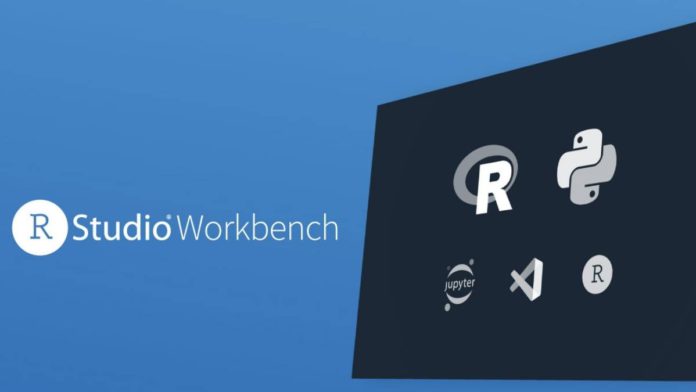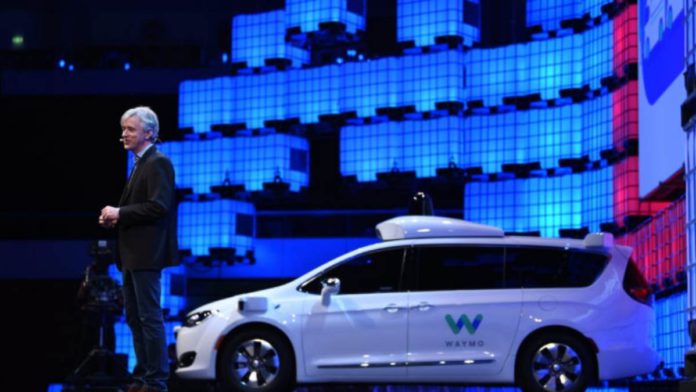The creators of MongoDB and its commercial service counterpart MongoDB Atlas have made the document database more developer-friendly by introducing encrypted queries and time-series data collection in the upgraded MongoDB 6.0. MongoDB is a source-available cross-platform document-oriented database program.
The primary purpose behind MongoDB was to provide developers with an easier way to store, index, and retrieve documents as objects and not to translate the work to SQL. The due release of MongoDB has various news features for boosting developer productivity. All the latest developments will be discussed at the MongoDB World, a conference being held in New York this week.
According to MongoDB, the Queryable Encryption, now available in preview, provides the ability to query encrypted data, allowing the entire query transaction to be encrypted. Organizations with a vast amount of sensitive data, such as banks, hospitals, and government organizations, will be able to benefit from this development. This fact also eliminates the requirement for developers to be encryption experts, said Andrew Davidson, MongoDB vice president of cloud products.
Read More: IBM’s 4000 qubit quantum computer to be ready by 2025
The new end-to-end client-side encryption employs novel encrypted index data structures. The data being searched for stays encrypted on the database server, including in the CPU and the memory. The application never loses the keys, and the company maintains the query speed. Thus overall application performance is impacted by the latest advancements.
MongoDB will also consist of time series data collection, vital for monitoring physical systems, rapidly-changing financial data, and other temporary datasets. Time-series collections in MongoDB 6.0 have secondary indexes on measurements, and the optimized database system will sort time-based data more efficiently.











